Root Modifications The modification of roots is defined as the change (or) deviation from the normal structure of any organ to carry out various functions depending on the environment.They are of two types: § Based on the Mechanical support. § Based on the Physiological functions. Ø Types based on the Mechanical support · Stilt/Brace roots § These are modified, aerial, adventitious roots developed from the base of the stem, mostly grows in marshy places. Examples: Sugarcane, Zea mays. · Prop/Pillar roots § These are modified, adventitious, geotropic, pillar like roots develops from the horizontal branches for extra support. The root of this hangs downwards and penetrate to the ground .Thus it gives support to the branches. Examples: Banyan tree, Pandanus.
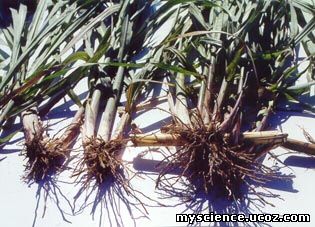  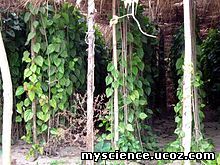 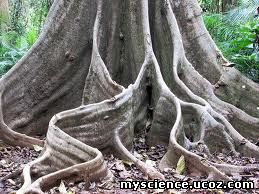 Stilt roots Pillar roots Climbing roots Buttress roots · Climbing roots § These are modified, aerial, adventitious roots develops on the stem to give support. They grow into the crevices of substratum to provide mechanical support. Examples: Money plant, Vanilla. · Buttress/Ballast roots § These are modified, aerial, horizontal, plank roots develops at the base of the stem for giving support. In some trees, roots develop on the surface of soil at the base of the stem. Examples: Terminalia, Salmalia. § Storage/Tuberous roots § The roots will become tuberous due to the storage of food. Depending upon the shape and appearance of the root they are of 3 types as follows: ü Spindle/Fusiform shaped: Root is swollen in the middle and gradually tapers towards apex and base Example: Radish. ü Conical shaped: Root is broad at the apex and tapers towards the base. Example: Carrot. ü Swollen/Napiform shaped: Root is swollen and spherical t the upper part and tapers at the lower part. Example: Beet root. 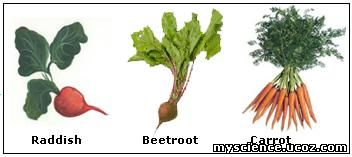
In some cases adventitious roots modifies into a cluster of tuberous roots known as fasciculated roots. Example: Sweet potato. § Epiphytic roots ` These are present on the branches of the other trees to obtain more sunlight. They are of two types namely: § Clinging/Fixing roots: These are short branched useful to fix the epiphytes on the branches of the tree. § Velamen roots: These are long, brown and hang freely in the air containing dead hygroscopic tissue known as velamen tissue which helps in absorption of moisture and root hairs are absent. Examples: Vanda.  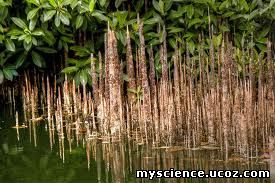 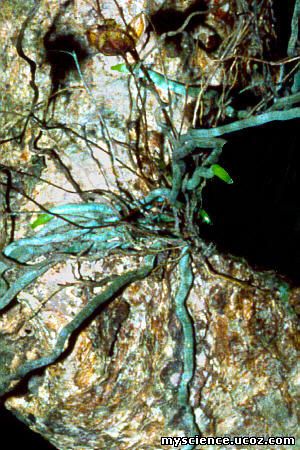
Epiphytic roots Respiratory roots Assimilatory roots § Respiratory/Breathing roots § These are mostly found in the marshy soils which suffer from the lack of oxygen in the soil. § The roots of this grow against the gravity and grow towards the light. § They contain small pores on their surface known as pneumathodes and the roots known as pneumatophores. Examples: Avicinnia, Jussiaea. § Photosynthetic/Assimilatory roots § They consists only roots which are ribbon shape and inflorescence Examples: Taeniophyllum, Trapa. § Reproductive roots § The roots of this produce radical buds which grow into new plants and helps in vegetative propagation. These modified roots are known as reproductive roots. Examples: Millingtonia, Murraya.
 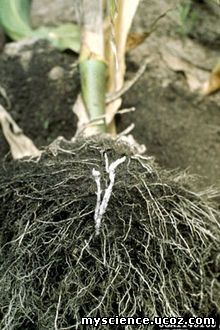
Reproductive roots Parasitic roots § Parasitic roots § The plants which depends on other plants either completely or incompletely for their food. § The root absorbs food and required nutrients are known as haustoria or sucking roots which helps to penetrate into the stem or root and divided into two types namely: o Stem parasites: attaches to host root. o Root parasites: attaches to host stem. § These are further divided into o Incomplete parasites § These are green in colour and can sybtheize the food materiuals by sunlight . § They penetrate into the xylem tissue to obsorb water and minerals. o Complete parasites § These are leafless, non chlorophyllous and cannot synthesize the food materials hence depends on others. § They absorbs food and minerals from the vascular bundles. Examples: Cuscuta, Viscum, Striga. · Balancing/Floating roots § In free floating plants many long adventitious roots are formed from the base of the stem. § The tufts of adventitious roots acts as dead weight and helps in balancing the plants in the water,. § They grow on the surface of water stand and the risk is toppled by gale and wind. Examples: Lotus, Lily, Pistia, Lemna.
 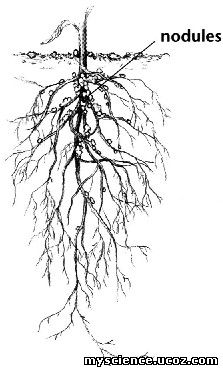 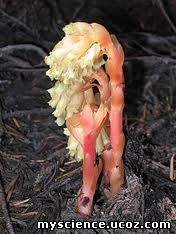 Floating roots Nodular roots Fungal roots · Nodular roots § These are modified tap roots consisting small nodule like structures for symbiosis (bacteria takes the nitrogen and converts to nitrates to plants where as plant gives food and shelter.) § Nodules (presence of leg haemoglobin) are inhabitated by a nitrogen fixing bacteria known as rhizobium. Examples: Peanut, Groundnut. · Fungal/Mycorrhizal roots § These root which are associated with fungi either internally or externally. § Depending upon the position of fungus , they are of two types as follows: o Ectotropic Mycorrhizal roots: Fungal hyphae present outside the roots. Example: Monotrapa. o Endotropic Mycorrhizal roots: Fungal hyphae present inside the roots. Example: Pinus · Nest roots § These are modified, adventitious, compact roots which absorbs water and salts from the leaf pitcher.(holding capacity) Examples: Dischidia, Syngonium 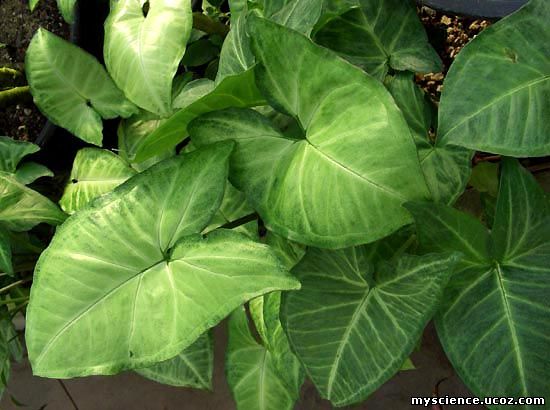 
Nest roots Pull roots · Contractile/Pull roots § The root of this maintains the depth of the stem in the soil. Examples: Amorphophyllous, Haworthia. 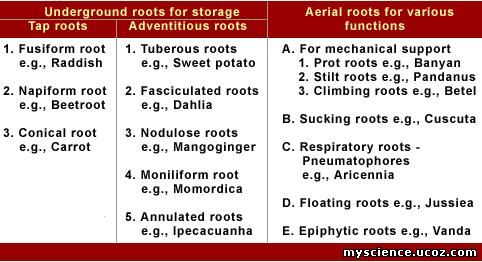
<<<<<<<<<<<<<<<<<THE END>>>>>>>>>>>>>>>>
| 




